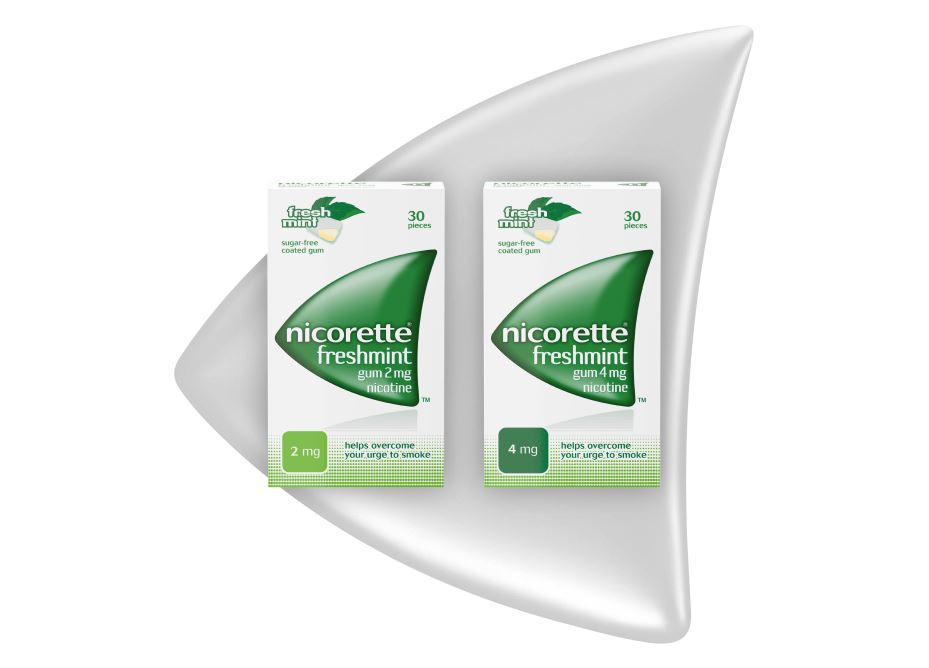Secondhand smoke, better known as passive smoking, is a mixture of smoke from a cigarette's burning end and the smoke breathed out by smokers145. The unintentional inhaling of cigarette smoke from lighted cigarettes and the exhaled mainstream from smokers is known as second-hand smoke or passive smoke146.
Adults and children living in smokers’ households and employees in surroundings with "second-hand" cigarette smoke can be as negatively affected by tobacco smoke's hazardous chemicals as smokers themselves147.
Effects of Passive Smoking:
There is no doubt that passive smoking is harmful. Many studies have examined the effects of passive smoking.
Secondhand smoke has been identified as a risk factor for lung cancer in nonsmokers, and the International Agency for Research on Cancer has classed it as a Group I carcinogen148. Evidently, secondhand smoke contains about 7,000 compounds, hundreds of which are harmful and perhaps 70 of which can cause cancer149, not limited to lung cancer.
The UK Scientific Committee on Tobacco and Health in 2004150 and a Report by the US Surgeon General in 2006151 both described the link between passive smoking and cardiovascular illnesses as causative.
Since 1918, researchers have looked into the link between smoking and tuberculosis (TB)152. After a range of possible confounders were adjusted for in a prospective cohort in Hong Kong, active smoking was demonstrated to be related to TB in recent years153.
TB infection154 and mortality155 have also been linked to active smoking. Hence, because active smoking has been linked to an increased risk of tuberculosis, it’s possible that the link between passive smoking and tuberculosis arose through greater TB exposure within the same home156.
Findings from a study conducted in 2010 suggest that secondhand smoking may delay wound repair due to fibroblasts’ inability to migrate into the wounded area, resulting in an accumulation of these cells at the wound's edge, preventing the formation of healing tissue. An increase in cell survival coupled with a decrease in cell migration can lead to a build-up of connective tissue, causing fibrosis and excessive scarring157.
The consequences of passive smoking on the health of children have piqued researchers' interest since the mid-1980s. The overall nicotine dose obtained by children whose parents smoke has been calculated to be between 60 and 150 cigarettes per year. Passive smoking has been linked to prenatal fetal harm, poor development indicators, respiratory sickness, atopy and asthma, coronary heart disease, and sudden infant death syndrome158.
When does secondhand smoke damage start?
Secondhand smoke causes damage in as little as five minutes.
After five minutes, the arteries become less flexible, similar to when someone smokes a cigarette.
Blood begins to clot after 20-30 minutes, and fat deposits in blood vessels raise the risk of heart attack and stroke.
After two hours, an abnormal heartbeat (arrhythmia) may occur, potentially leading to serious cardiac issues159.
Many other studies have been conducted and continue to be, accentuating the harmful effects of passive smoking.
In conclusion, there is no safe degree of exposure to secondhand smoke; even brief exposure can be hazardous to one’s health. Comprehensive anti-smoking measures have proven to be effective in safeguarding nonsmokers’ health, and they are the only way to protect their health adequately160.
Also read to know more on 8 Health Complications of Smoking, here.
Our aim at Nicorette is to help you quit smoking for good. Find more blogs from our medical professionals and understand why you should embrace your smoke-free journey with us.
Also, read to know about how to conquer cigarette cravings here.
References:
145 U.S. Department of Health and Human Services. The Health Consequences of Smoking—50 Years of Progress: A Report of the Surgeon General. Atlanta: U.S. Department of Health and Human Services, Centers for Disease Control and Prevention, National Center for Chronic Disease Prevention and Health Promotion, Office on Smoking and Health, 2014.
147 https://bmcmolcellbiol.biomedcentral.com/articles/10.1186/1471-2121-5-13
148 IARC. Tobacco Smoke and Involuntary Smoking. Monograph on the Evaluation of Carcinogenic Risk to Humans. Lyon, France: IARC; 2004.
149 U.S. Department of Health and Human Services. The Health Consequences of Smoking—50 Years of Progress: A Report of the Surgeon General. Atlanta: U.S. Department of Health and Human Services, Centers for Disease Control and Prevention, National Center for Chronic Disease Prevention and Health Promotion, Office on Smoking and Health, 2014.
150 UK Department of Health. Second-Hand Smoke: Review of Evidence Since 1998. London: UK Department of Health; 2004.
151 US Department of Health and Human Services. The Health Consequences of Involuntary Exposure to Tobacco Smoke: A Report of the Surgeon General?Executive Summary. Atlanta: US Department of Health and Human Services, Centres for Disease Control and Prevention Coordinating Centre for Health Promotion National Centre for Chronic Disease Prevention and Health Promotion and Office on Smoking and Health; 2006.
152 Webb GB The effect of the inhalation of cigarette smoke on the lungs: a clinical study. Am Rev Tuberc 1918;225- 27.
153 https://www.proquest.com/docview/199592949?pq-origsite=gscholar&fromopenview=true
154 https://thorax.bmj.com/content/thoraxjnl/60/7/555.full.pdf
155 http://citeseerx.ist.psu.edu/viewdoc/download?doi=10.1.1.381.8538&rep=rep1&type=pdf
156 https://jamanetwork.com/journals/jamainternalmedicine/fullarticle/774277
157 https://bmcmolcellbiol.biomedcentral.com/articles/10.1186/1471-2121-5-13
159 [https://my.clevelandclinic.org/health/articles/10644-secondhand-smoke-dangers#:~:text=When does secondhand smoke damage,who is smoking a cigarette](https://my.clevelandclinic.org/health/articles/10644-secondhand-smoke-dangers#:~:text=When does secondhand smoke damage,who is smoking a cigarette)
160 U.S. Department of Health and Human Services. A Report of the Surgeon General: How Tobacco Smoke Causes Disease: What It Means to You. Atlanta: U.S. Department of Health and Human Services, Centers for Disease Control and Prevention, National Center for Chronic Disease Prevention and Health Promotion, Office on Smoking and Health, 2010

10 Tips to Stop Smoking
We understand that quitting smoking is one of the biggest challenges you’ll face. These tips will help keep you motivated and on track.

Find the Right Product(s) for You
Answer a few short questions to find the right product(s) for you.